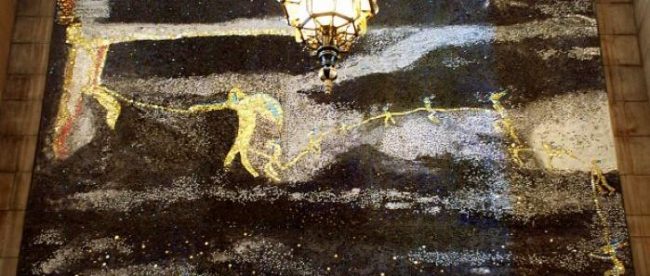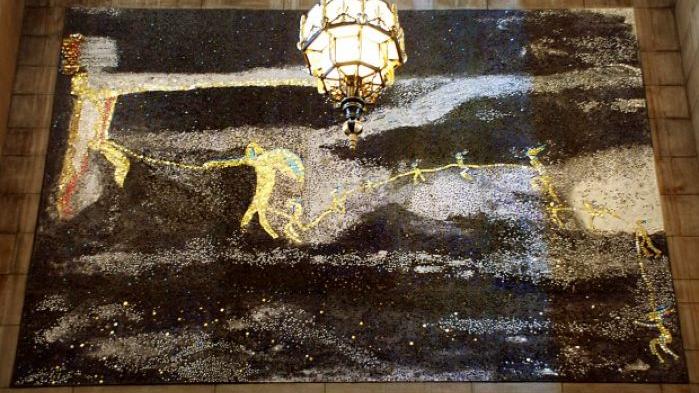Nebraska’s Fearless Maid


In early January of 1881, residents of Nebraska were suffering through an unusually hard week of winter. On January 5th and 6th, the whole region was hit with snow, leading to colder than normal temperatures over the next few days. The temperature seemed to hit its lowest point on the morning of January 11th, reaching −6 °F (−21 °C) in the state’s largest city, Omaha. The next day, it seemed as though conditions were improving — temperatures rose to 28 °F (−2 °C) by the morning of the 12th and crept upward as the day progressed. The people of Nebraska felt like they were finally able to go about their day as if everything were safe and normal.
And then, disaster struck. A massive cold front entered the area, causing temperatures to drop by more than twenty degrees. More than six inches of snow blanketed the area in only a few hours, and high winds ripped through buildings, knocking many down. Most of the most vulnerable were children attending one-room schoolhouses that dotted the landscape, putting them at risk. The storm was later named the “Schoolhouse Blizzard,” or “Children’s Blizzard” as a result. An estimated 235 people died from the storm.
But if it weren’t for the heroics of Minnie Freeman, that total would have been worse.
In the heat of the moment, many schoolteachers weren’t sure what to do. Staying in a building which may collapse seemed like a bad option, although probably the right one; as Wikipedia explains, “teachers generally kept children in their schoolrooms. Exceptions nearly always resulted in disaster.” The elements were simply too treacherous to survive.
Freeman was one of those teachers who decided to evacuate her schoolhouse. Only 19 years old at the time, she was nonetheless in charge of a dozen or so children aged five to 15. When the blizzard hit, she was left with an impossible choice, as Neatorama summarizes neatly:
She could have kept everyone inside and waited out the storm, hoping that frantic parents would arrive in time to rescue them. There was coal available for the one small stove but the children did not have clothing suitable for a long wait in subzero temperatures and there was no food. She could have set out cross-country for the nearest farmhouse, but she was unsure that the children could make it through the severe cold, ferocious winds, and whiteout conditions dressed as they were.
And then, the roof blew off the schoolhouse.
With no other options, Freeman needed to escape. According to the New York Times, Freeman “searched the classroom for supplies and came across some twine. She looped it around each pupil, then wrapped the end around her own body. Scooping the smallest child in her arms and shouting commands to the rest in tow, Freeman led her students into the storm for a dangerous trek to safety.”
A mile later, they arrived at a farmhouse — and all the students survived.
Freeman’s heroic act earned her the nickname “Nebraska’s Fearless Maid” and, for the moment, made her a national celebrity; per the Times, Freeman “was said to have received almost 200 marriage proposals, on top of endless gifts and letters of praise from across the country.” And today, in the statehouse in Lincoln, Nebraska, there’s a glass mural on one of the walls, seen above, depicting Freeman’s lifesaving gambit.
Bonus fact: Out of all 50 U.S. states, Nebraska is, in one sense, furthest from the ocean. Twenty-seven states are landlocked — that is, they do not border an ocean, gulf, or bay. Of those 27, sixteen are one state away from these bodies of water (for example, Nevada borders California and Oregon, both of which in turn border the Pacific Ocean). Ten states are double-landlocked, meaning one has to cross through two other states to get to the ocean. But only Nebraska is triple-landlocked — one would need to go through at least three states (or two states and one Canadian province, if you’re aiming for Hudson Bay).
From the Archives: The Swarm That Darkened the Skies: Another freak weather moment in Nebraska of the late 1800s.
